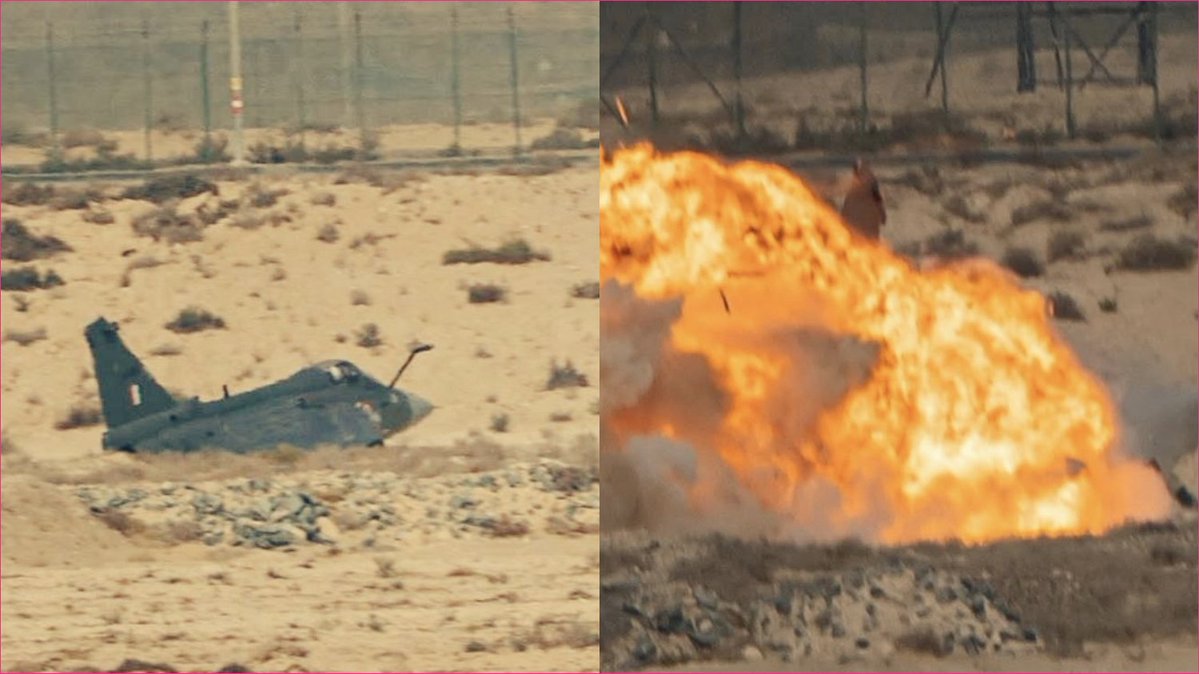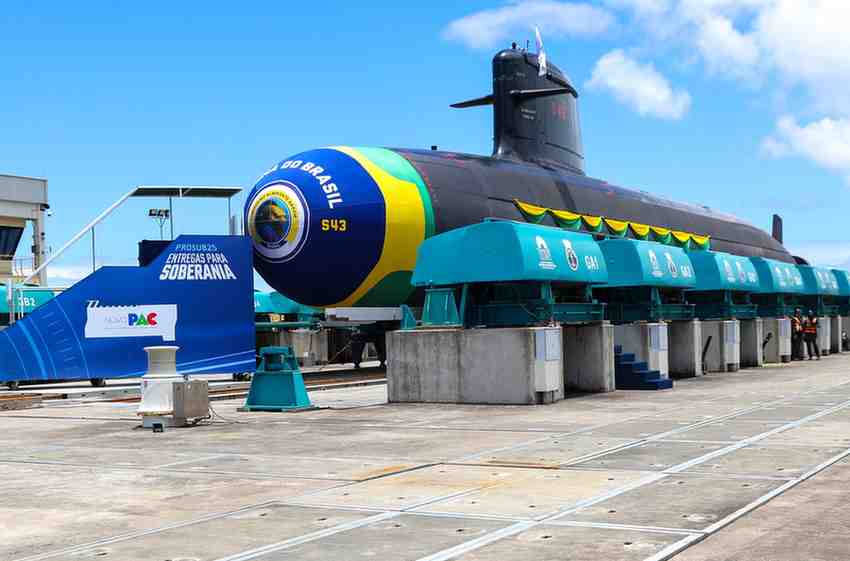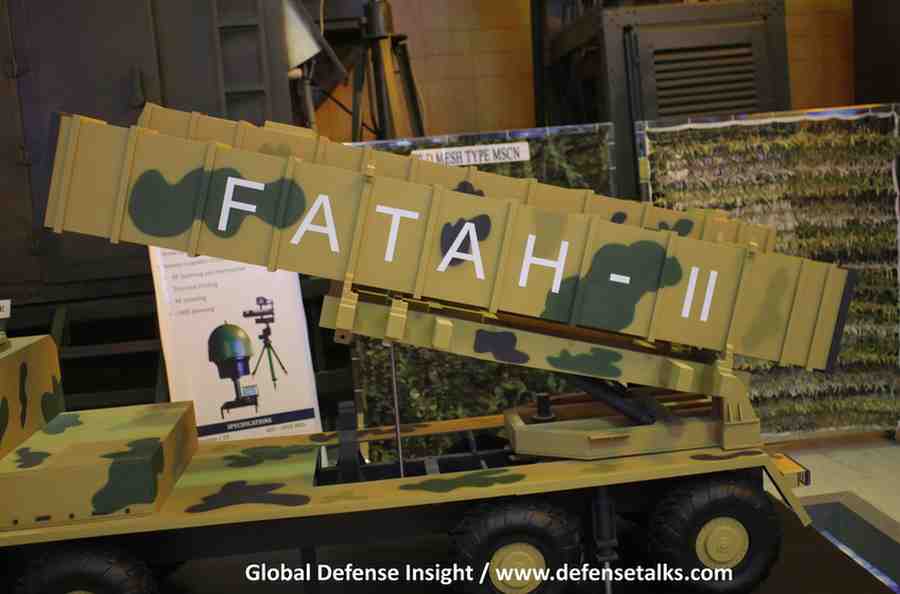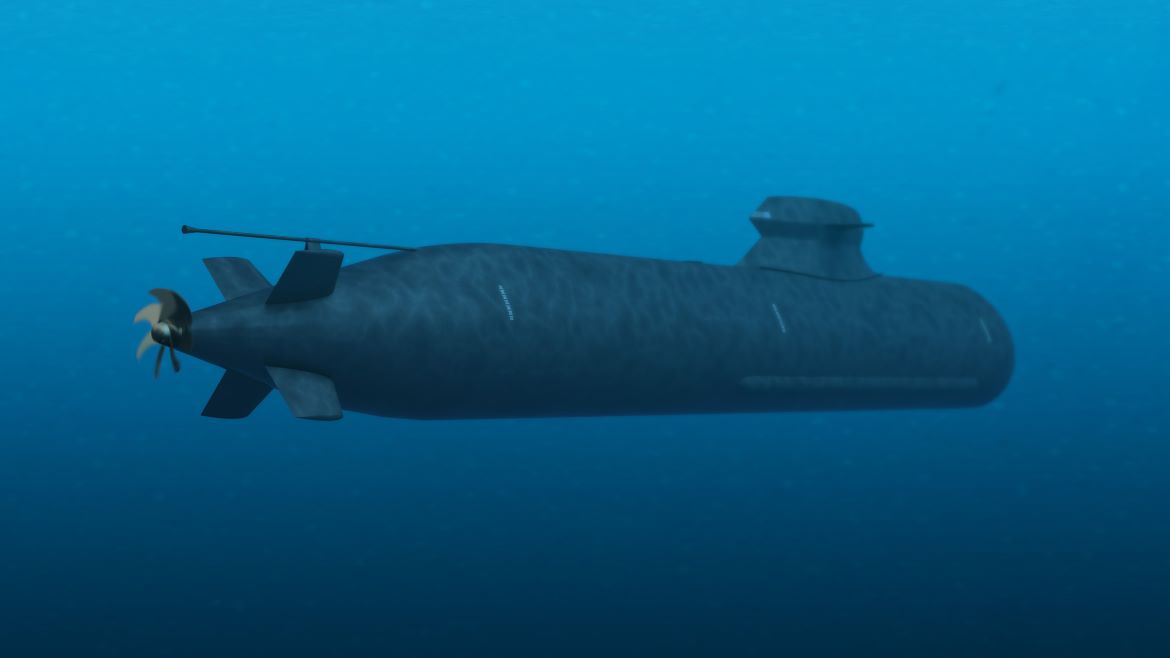“I never ‘worry’ about action, but only about inaction.”
Winston Churchill, Churchill By Himself
The quote mentioned above is one of many like this Latin adage, Facta, non verba, meaning deeds, not words, that emphasize the importance of actions, as words are easy and cheap without them. The myriad plethora of posts on social media by Indian accounts, not only ignorant masses but retired military officers, is an intellectually dishonest attempt to whitewash the Hindustan Aeronautics Limited (HAL) for their failure of the Light Combat Aircraft (LCA) named Tejas. The tragic loss of life is sad, and after paying heartfelt condolences for the deceased pilot, Wg Cdr Namansh Syal, who died in the Tejas crash on 21 November during a live aerobatics display at the Dubai airshow. However, as a pilot, it enrages me how the Indian state machinery is trying to hide the issues with the machine, and the common people are accepting the disinformation without looking at the realities of deep systemic issues in the indigenous defence industry. The pilot may have made some errors, but in the end, it was the underpowered aircraft that failed him, and he lost his life, deserving the truth instead of current rhetoric.
I have made a video about the reasons for the crash on my YouTube channel[i] and tweeted extensively on X (Twitter) to convince many hostile Indians commenting on my posts that the deep-rooted problems are the root cause of this crash. However, after being unsuccessful, I decided to write this article after reading HAL’s statement[ii] on 24 November regarding this crash being an “isolated incident” which was caused by “exceptional circumstances” with no other details. The LCA project started in 1983, and the current Indian Air Force (IAF) inventory of combat-capable Tejas is, with no deliveries expected this year, 14 aircraft after 42 years of Aeronautical Development Agency (ADA) and HAL’s work, which speaks volumes about incompetence in this so-called success story. Last but not least, the misinformation on social media like this tweet by a retired Indian Army colonel[iii], is an attempt to disguise these failures by calling Tejas a “miracle” and giving supporting evidence as only 2 crashes in 24 years, unlike hundreds of crashes of the US-made F-16. For facts, we need to dive deeper to calculate the accident rate and safety record based on operational flying hours and not time spent on the ground by the aircraft.
The details about the probable cause of the crash have been discussed in length already, and there is a high probability of pilot error due to partial impairment, which led to dropping of the nose well below the horizon once the aircraft was inverted after the ‘Knife’s edge pass’ manoeuvre. Most probably, the pilot’s brain was deprived of oxygen when he shifted from negative G, i.e., forward pressure on the stick, to a loaded roll, which means positive G forces. This transformation may have resulted in loss of situational awareness for a precious 1-2 seconds once the blood drained from his blood into vessels below the neck. At that altitude, losing 200-300 feet meant that his aircraft descended sharply towards the ground, and though he tried to pull away with wings level and nose high, control stick full back and centre for ailerons neutral, the <1 thrust-to-weight ratio of Tejas failed him there. Unlike a Spanish F-18 Hornet and a Solo Turk F-16 that also got into a similar predicament but were able to fly away due to better aircraft performance, Wg Cdr Namansh fortunately had Tejas as his steed, and it could not help him out here. Lastly, a fly-by-wire system glitch cannot be ruled out, and if the pilot gave the right inputs at the right time, the response of the aircraft may have been the cause of this fatal accident.
The first flight of the LCA technology demonstrator (TD) prototype was in 2001, and the Indians are claiming that Tejas has the best safety record of all, better than F-16 and JF-17, as it has only seen 2 crashes in 24 years. A simple Google search for the criteria to calculate accident rate will tell any layman that flight safety of a fleet is not based on time in years, but operational hours flown. Generally, it is 100,000 hours per crash, but I have made a table below based on 10,000 hours per loss. The data has been collected from open sources and even if some figures may not be exact, it is more or less accurate in the requirement of busting the myth of Tejas having the best safety record. Lastly, the claim of 12,000 hours for Tejas is not right because the first 4 Final Operational Clearance (FOC) aircraft were delivered to N0. 18 Squadron (sqn) of IAF in 2020, with 16 aircraft by the end of 2021. With 2 of those aircraft now crashed within 5 years, only the IAF can give the exact hours flown by this sqn, but many sources claim the number to be 1,954 hours.
| Aircraft | Introduction Year | Operational Flying Hours | Losses[iv] | Rate / 10k Hrs |
| Rafale | 2001 (Navy) | > 500,000 | 7 | 0.14 |
| Eurofighter | 2003 | > 850,000 | 12 | ~0.15 |
| F-35 | 2015 | > 1,000,000 | 16 | 0.16 |
| Gripen | 1996 | > 400,000 | 10 | 0.25 |
| F-16 | 1978 | > 19,500,000 | > 650 | 0.34 |
| JF-17 Thunder | 2010 | ~50,000 | 5 | 1 |
| MiG-29 | 1983 | ~3,000,000 | > 100 | 0.35 |
| F-22 | 2005 | > 500,000 | 7 | 0.14 |
| LCA Tejas | 2020 (FOC) | ~2,000 | 2 | 10 |
In the end, I just want to express my feelings of sympathy for the slain pilot and others flying this machine, meanwhile feeling angry about the fact that his death has been repudiated by the country as well as the organization for which he sacrificed his life. Even after he has paid the ultimate price for the blunders of policy makers in the top brass of politics, the military, and bureaucracy, there is an ongoing campaign to hide the inadequacies of this aircraft and the shortcomings of state machinery. While it was supposed to replace MiG-21 at least 3 decades back, the aircraft was already obsolete when the MiG was finally retired on 26 September 2025. To keep it relevant, several systems had to be added, which resulted in a weight penalty that even a reliable engine like GE F-404 cannot handle in extreme conditions. The Indian Navy rejected Tejas for carrier operations due to multiple reasons, most importantly, the similar underpowered and high-weight issues. Last but not least, the Indian Navy was forced to buy the Dhruv helicopter manufactured by HAL, and this article by the first Dhruv squadron flight commander[v] says it all about the poor work ethic culture of this company. RIP Wg Cdr Namansh Syal, may you get the justice you deserve.
[i] Video link: https://youtu.be/ohkVQaYmXyw?si=JELTdlUbgwlEYyoQ
[ii] Reuters, 24 November 2025, India’s Tejas jet-maker HAL calls Dubai crash an isolated occurrence: https://www.reuters.com/world/india/indias-hindustan-aeronautics-calls-tejas-jet-crash-an-isolated-occurrence-2025-11-24/
[iii] Colonel Mayank Chaubey tweet about Tejas a miracle and its excellent safety record on 27 November 2025: https://x.com/col_chaubey/status/1993833709930467695?t=wf-WK-h8_StwipMCGfb5vg&s=08
[iv] https://aviation-safety.net/database/
[v] The Truth Hurts, Says Indian Navy’s 1st Dhruv Flight Commander: https://www.livefistdefence.com/the-truth-hurts-says-indian-navys-1st-dhruv-flight-commander/

Ali Hamza
Squadron Leader Ali Hamza is a retired PAF pilot with 20 years of experience, a defence analyst, an airpower expert, a gold medallist in MSc DSS (Defence & Strategic Studies) from QAU, currently doing MPhil IR from NUML, Rawalpindi, and has a keen interest in modern airpower’s role in geopolitics at global and regional levels.
YouTube:https://www.youtube.com/@AeronautIR
X (twitter):https://x.com/AliHamzaAwan1
- Ali Hamza#molongui-disabled-link













